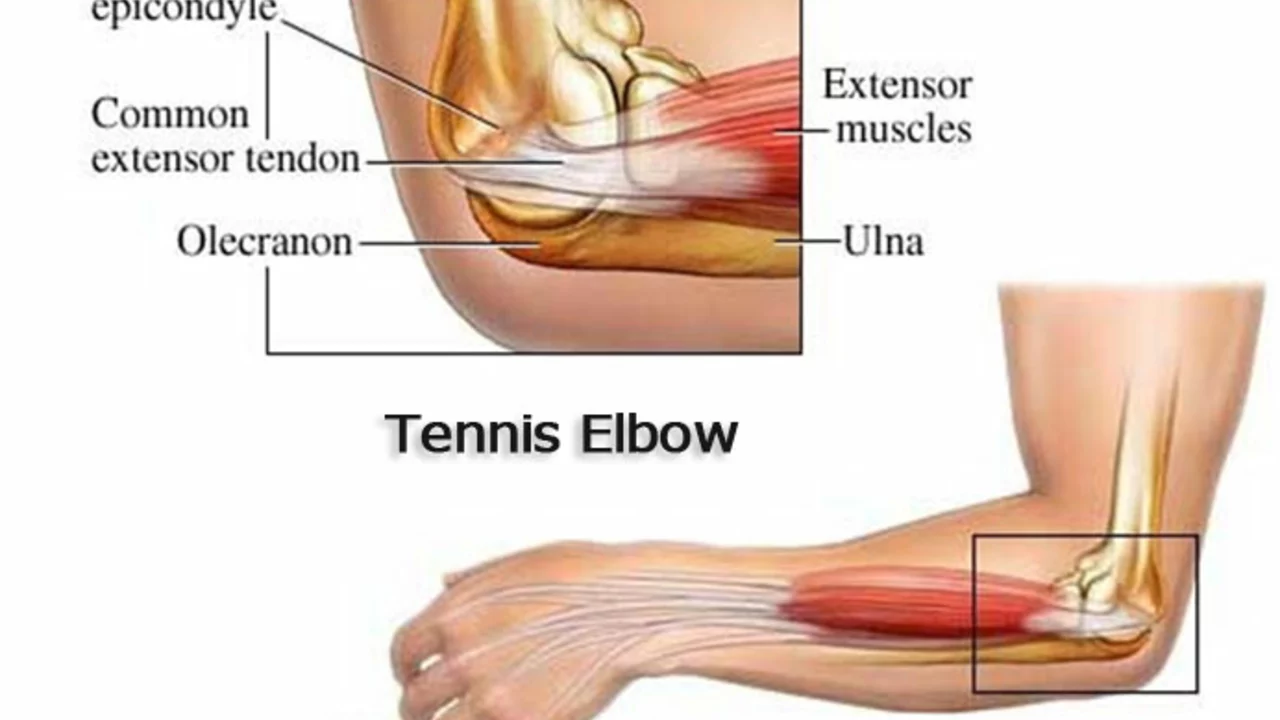
Understanding Tennis Elbow
Before we delve into how one can recover from tennis elbow, it's important to first understand what exactly it is. Tennis elbow, also known as lateral epicondylitis, is a type of tendonitis that causes pain in the outer part of the elbow and forearm. It is commonly caused by overuse of the arm, forearm, and hand muscles that results in elbow pain. Despite its name, you don't have to be a tennis player to suffer from this condition. It can affect anyone who performs repetitive gripping activities, especially if they use the thumb and first two fingers.
Immediate Steps to Take
If you suspect you have tennis elbow, the first thing you should do is rest the injured arm. This allows the inflamed tendon to heal. Applying ice to the elbow for 15 minutes every hour can help reduce inflammation and pain. Over-the-counter pain relievers such as ibuprofen or aspirin can also help manage the pain. It's also advisable to avoid activities that aggravate the condition. If pain persists after a few days of self-care, it's crucial to see a healthcare provider for a proper diagnosis and treatment plan.
Physical Therapy and Exercises
Physical therapy is a crucial part of recovery from tennis elbow. A physical therapist can teach you exercises to gradually stretch and strengthen your muscles, especially those in your forearm. Eccentric exercises, which involve lengthening a muscle under tension, are particularly effective. Strengthening the muscles in your forearm can help prevent tennis elbow from recurring. Remember, it's important to warm up before doing these exercises and to cool down afterward.
The Role of Bracing
Another common treatment for tennis elbow is using a brace, or counterforce strap, around the forearm. This brace can help reduce symptoms by resting the muscles and tendons. It works by redirecting the pressure from your tendon to the brace, thus relieving some of the stress on your tendon. Your physical therapist or doctor can show you how to correctly position the brace for maximum effectiveness.
Alternative Treatments
Besides rest, ice, medication, exercises, and bracing, there are other treatments you can consider. These include acupuncture, massage therapy, and shockwave therapy. Acupuncture involves inserting thin needles into specific points on your body to help relieve pain. Massage therapy can help relax and loosen the muscles that are causing pain, while shockwave therapy uses sound waves to stimulate healing. Always consult with your healthcare provider before starting any alternative treatments.
Prevention is Key
Once you've recovered from tennis elbow, it's important to take steps to prevent it from recurring. This includes warming up properly before physical activity, using the correct equipment and technique during activities, taking regular breaks from repetitive tasks, and maintaining strength and flexibility in your arm muscles. Remember, an ounce of prevention is worth a pound of cure.
In conclusion, while tennis elbow can be a painful and debilitating condition, there are several steps you can take to speed up recovery and prevent recurrence. Always consult with a healthcare provider for a personalized treatment plan. Here's to a quick recovery and getting back to the activities you love!


